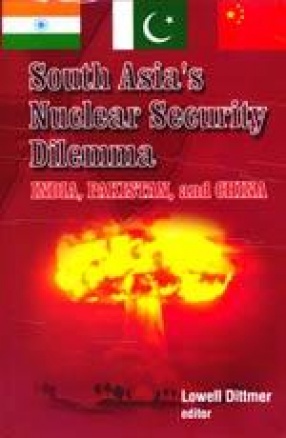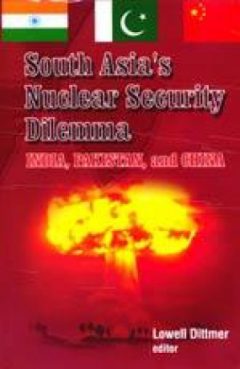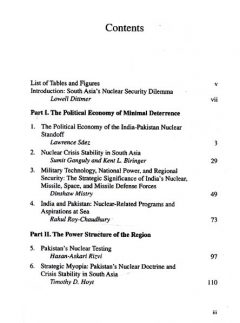In May 1998, India held a series of nuclear test explosions, matched within a fortnight by a series of tests by Pakistan. Although India had first tested no less than twenty-four years ago, and Pakistan had along been known to be developing nuclear weapons and delivery vehicles clandestinely, the events of 1998 marked a crossing of the Rubicon for this ancient and bitter enmity. This was confirmed by the 1999 eruption of hostilities in the Kargil region of Indian-controlled Kashmir, the fourth time the two countries have engaged in hostilities since their violent genesis. Although the tension was then eclipsed by the events of September 11, 2001, it has not disappeared. By June 2002, these two nuclear-armed neighbors seemed once again on the brink of war. The South Asian region, in addition to being a highly volatile area, has become a theoretically relevant test case for challenges to the international nonproliferation regime in a post Cold War unipolar world and for testing the impact of nuclearization on development and security among developing countries. This book outlines the basic strategic structure of the Indo-Pakistani rivalry, the dynamic factors driving the rivalry, and finally various possible solutions. The relationship between nuclear weaponization and the broader indices of economic modernization are analyzed. Although the book focuses primarily on the Indo-Pakistani rivalry, it also includes discussion of the China factor within the delicate balance of power in the region.
South Asia’s Nuclear Security Dilemma: India, Pakistan, and China
In stock
Free & Quick Delivery Worldwide
reviews
Bibliographic information
Title
South Asia’s Nuclear Security Dilemma: India, Pakistan, and China
Author
Edition
1st ed.
Publisher
ISBN
9798182749671
Length
xxii+274p., Tables; Figures; Index; 23cm.
Subjects








There are no reviews yet.